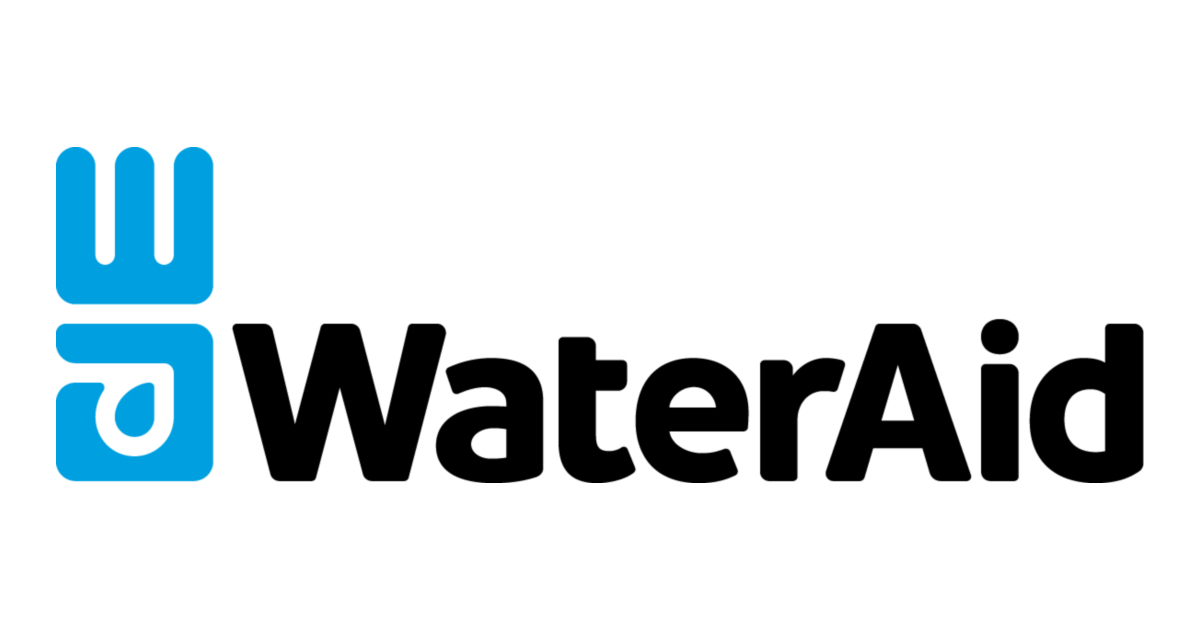Water Aid Advert
Water Aid
Background information -

- The charity Water aid was established in 1981 as a response to a united nations campaign for clean water.
- Now works with organisations in 37 African, asian and central American countries plus the pacific region
- Since 1991 its patron has been Prince Charles
The advert itself -
- Created by Atomic London in October 2016, this advert (titles Rain for Good) stars 16 year-old Zambian student Claudia
- Aims to show how communities benefit from clean water by depicting normal everyday chores.
'Rain for good'
- Binary opposition is used at the very of the advert and throughout, Initially there is binary opposition between the scene of a radio on a ledge near a window where it is raining heavily, making the audience infer that it is in England. This scene quickly cuts to a dry sunny morning in Africa perhaps. Which, has a very different lifestyle to those living in England. Emphasises what we can take for granted (the heavy rainful shot contrasting to the dry weather)
- The warm/high-key lighting used throughout conveys a very positive and comforting mood. There is binary opposition between the type of lighting and the conditions shown in the advert that are part of Claudia's lifestyle.
- This particular advert is very contrasting and conflicts the traditional water-aid adverts. Typically water-aid uses much darker and distressing symbolism within their advertisement, they use much more hard-hitting footage in order to make the audience sympathise and feel guilty towards what the advert is emphasising.
- This advert only uses audio from Claudia singing her song on her normal walk to collect water, this creates a sense of calm since the singing is fairly major and creates a comforting atmosphere, however you could also argue that it is fairly eerie and creates a sense of desolate feeling. This is contrasting to water-aids typical adverts since normally there would be one male narrator who talks in a very serious/dark manner to emphasise the importance of this charity - transition between diegetic to non -diegetic, this builds momentum and emphasis to what is shown towards the end.
- The advert is high-key however towards the end where there is a close up on the clean water from the well, facts and statistics are given. The facts are hard-hitting showing that this is only one specific community that have benefited from water-aid work but showing there are still 650 million people who are not able to assess clean/drinkable water.
- De-rooted the the typical ideology of Africa, portraying the stereotypical generalisation of an African community, when we know that in Africa there many different cultures and languages.
- In there advert they are all female and children/young adults, this is stereotypical that girls are shown in this. One could argue that people have stereotypical ideologies that the young girls are the ones to stay in the community and collect the water and carry it home, while the older parents are out at work.
- Uses a personal narrative, this creates more of a guilt-trip and makes the audience immediately create a personal bond with the narrator and her typical but contrasting lifestyle.
- Different ideology - showing that you still can use positive/ less guilty lexis and motives in order to manipulate the audience into appealing towards this advert.
- hurmuotic codes (barthes)
Comments
Post a Comment